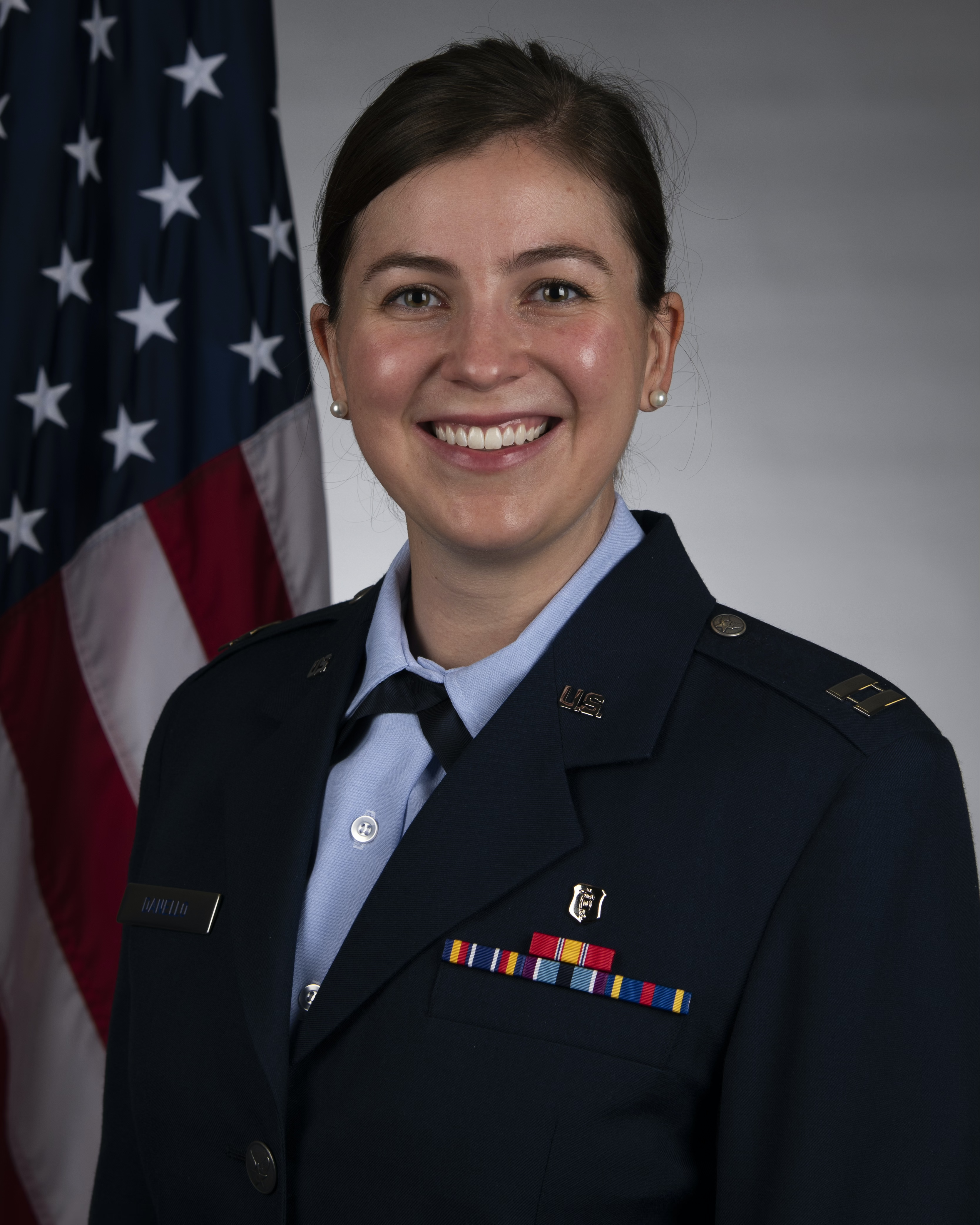Assessment of New Technology Such as Devices and Materials
OR01 - Antibacterial Efficacy of Endodontic Irrigation Adjuncts in a Novel Three-Dimensional Root Canal Model
Wednesday, April 2, 2025
10:00 AM - 10:15 AM EST
Location: Hynes Convention Center, Floor 3, Room 309

Grace A. Gwin, D.D.S.
Endodontics Resident
Wilford Hall USAF Medical Center
San Antonio, TexasDisclosure information not submitted.
Presenter(s)
Objective(s): The primary goal of endodontic therapy is disinfection of the root canal system, for which numerous irrigation adjuncts have been developed. Irrigation research in ex vivo models may be subject to error from inherent biologic variability. Therefore, the objective of this study was to evaluate bacterial biofilm formation and its response to irrigant activation methods in a novel, in vitro root canal model.
Methods: Seventy-two identical root canal models were designed and 3-D printed, each containing 114 hollow simulated dentinal tubules. These, along with twenty extracted mandibular premolars, were inoculated with Enterococcus faecalis and divided into 8 experimental groups. Sodium hypochlorite (NaOCl) or sterile saline were used to irrigate the canal space with manual syringe irrigation, sonic activation, Er,Cr:YSGG or Er:YAG laser activation. Antibacterial efficacy was evaluated quantitatively with colony forming unit (CFU) counts, and qualitatively with confocal laser scanning and scanning electron microscopy.
Results: One-way ANOVA and Tukey’s post-hoc tests of CFU counts showed greater bacterial reduction in all experimental groups versus controls (p < 0.05), and in the NaOCl versus saline groups (p < 0.05), but there were no significant differences between irrigant activation methods within the same solution (p>0.05). Similar trends were shown in both the 3-D printed and ex vivomodels.
Conclusion: The chosen irrigation solution may be more important than the irrigant activation method for the elimination of bacteria from the root canal system. 3-D printed root canal models showed equivocal performance to ex vivo models, and future iterations may prove suitable alternatives for endodontic research.
Methods: Seventy-two identical root canal models were designed and 3-D printed, each containing 114 hollow simulated dentinal tubules. These, along with twenty extracted mandibular premolars, were inoculated with Enterococcus faecalis and divided into 8 experimental groups. Sodium hypochlorite (NaOCl) or sterile saline were used to irrigate the canal space with manual syringe irrigation, sonic activation, Er,Cr:YSGG or Er:YAG laser activation. Antibacterial efficacy was evaluated quantitatively with colony forming unit (CFU) counts, and qualitatively with confocal laser scanning and scanning electron microscopy.
Results: One-way ANOVA and Tukey’s post-hoc tests of CFU counts showed greater bacterial reduction in all experimental groups versus controls (p < 0.05), and in the NaOCl versus saline groups (p < 0.05), but there were no significant differences between irrigant activation methods within the same solution (p>0.05). Similar trends were shown in both the 3-D printed and ex vivomodels.
Conclusion: The chosen irrigation solution may be more important than the irrigant activation method for the elimination of bacteria from the root canal system. 3-D printed root canal models showed equivocal performance to ex vivo models, and future iterations may prove suitable alternatives for endodontic research.

.png)
.png)
.png)
.png)